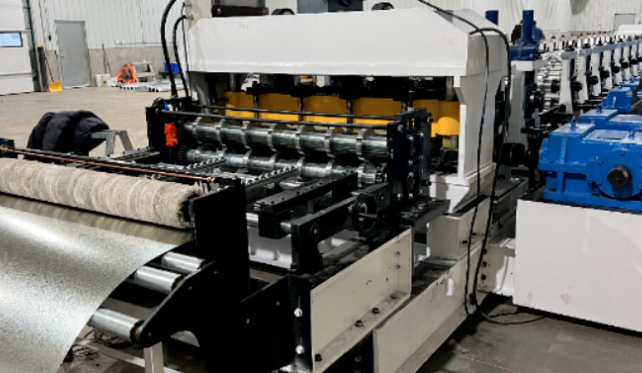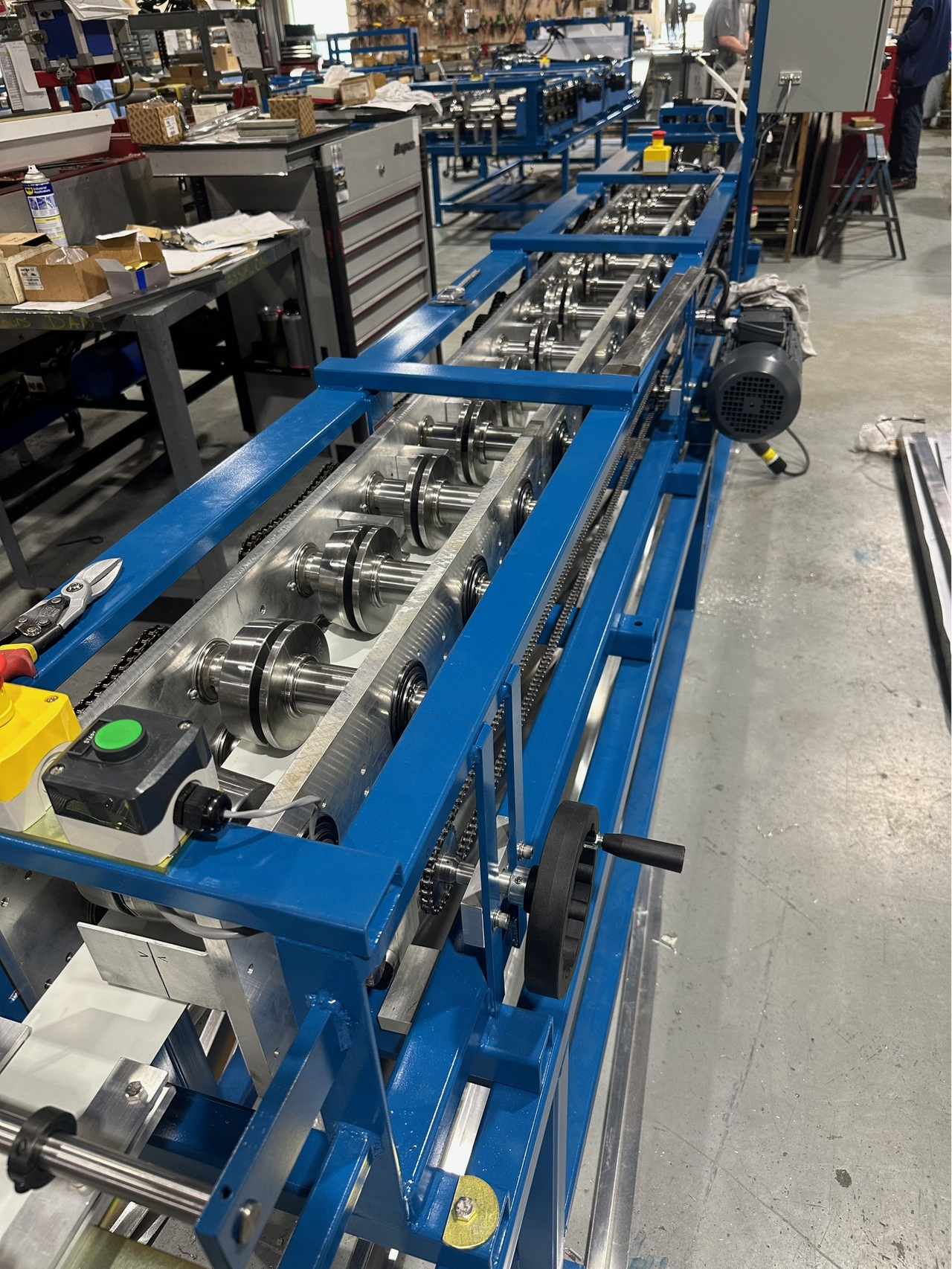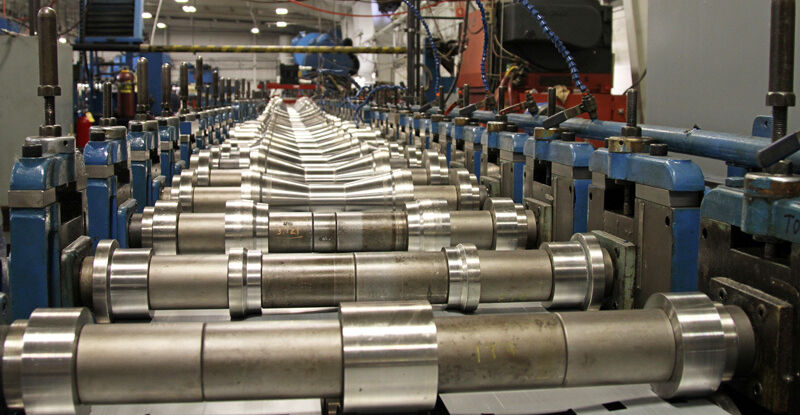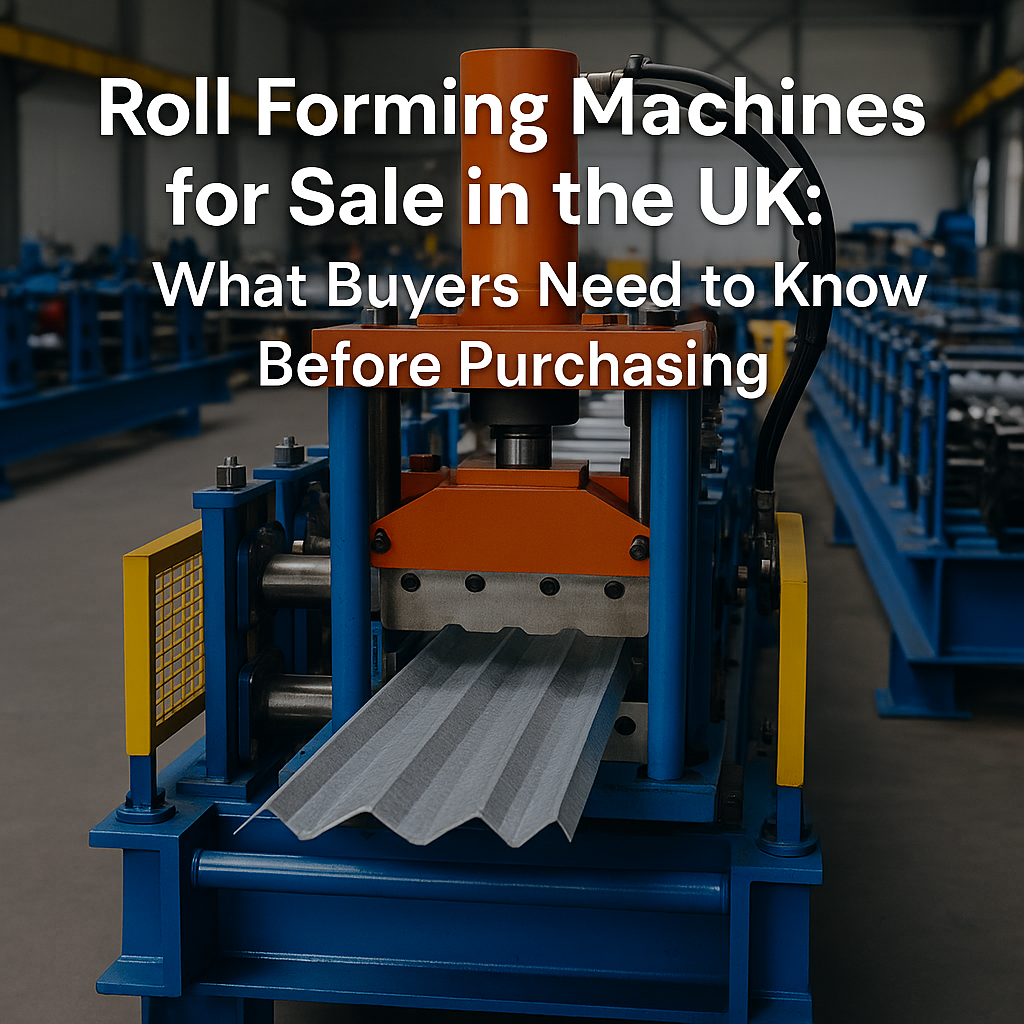
Posted on Sunday, September 29, 2024
Roll forming is a continuous bending process that transforms long strips of metal into specific shapes and profiles with precision. The process is widely used in industries like construction, automotive, and manufacturing to create durable and uniform metal products such as roofing panels, gutters, beams, and structural components. In this blog, we’ll take a deep dive into the roll forming process, breaking it down step-by-step, and highlighting its advantages over other metal forming techniques.
The roll forming process begins with metal coils, which are typically made of materials such as steel, aluminum, or copper. These metal coils are fed into the roll forming machine’s uncoiler, which helps hold and unwind the coil, preparing it for the next stage of production. The metal is pulled or pushed into the machine, allowing for continuous operation without the need for individual sheet loading.
Key Advantage: Continuous feeding minimizes downtime and increases production efficiency.
Before the metal enters the roll forming stations, it passes through a leveling system, which ensures the material is flat and free from any imperfections such as bends or twists. Proper leveling is essential to ensure that the final product meets precise tolerances.
Key Advantage: The leveling process ensures consistent quality and reduces material waste.
Once the coil has been leveled, it proceeds through a series of roll forming stations. These stations consist of multiple sets of roller dies arranged in pairs. Each station is designed to progressively bend the metal into the desired shape, with the metal passing from one station to the next until it reaches the final form. The number of stages required depends on the complexity of the profile.
Key Advantage: Progressive bending allows for complex shapes and designs without cracks or deformations.
After the metal has been shaped into its final form, it is cut to the required length. Roll forming machines often feature integrated flying cutoff systems, which ensure that the metal is cut without stopping the continuous feed. This cutting process can be customized for specific lengths, ensuring flexibility in production.
Key Advantage: The flying cutoff allows for precise, efficient cutting without halting production.
Some roll forming processes include secondary operations such as punching, notching, or embossing. These additional features can be added to the roll forming line to create holes, slots, or other design elements in the metal profile, reducing the need for separate machining operations.
Key Advantage: Customization options within the roll forming line streamline production and reduce post-processing time.
Once the material is cut to length and any secondary features have been applied, the finished product is ready for use. The end product is uniform, precise, and often ready for immediate installation or further processing depending on the application. Roll formed products are known for their strength, durability, and versatility.
Key Advantage: The finished product is created in one continuous process, reducing handling time and costs.
Roll forming is a powerful, efficient, and versatile manufacturing process that produces high-quality metal components for a variety of industries. Its ability to deliver precise and uniform products in a cost-effective manner makes it the go-to method for creating metal profiles. Understanding the step-by-step process allows manufacturers to optimize production and take full advantage of roll forming technology.
If you’re considering adopting roll forming for your next project, feel free to reach out to us at Machine Matcher for expert advice and custom solutions tailored to your needs.

Most Popular Roll Forming Machines in the United Kingdom
Posted on Thursday, December 11, 2025
This blog breaks down the five most in-demand roll forming machines in the UK

Can I Finance a Roll Forming Machine?
Posted on Thursday, December 11, 2025
Financing a roll forming machine is easier than most buyers think. Here’s how leases, loans, and payment plans make production affordable.

Roll Forming Machines for Sale in the UK: What Buyers Need to Know Before Purchasing
Posted on Thursday, December 11, 2025
This complete guide explains everything UK buyers must know before purchasing, including machine types, voltage requirements, CE/UKCA compliance

Roll Forming Machines for Sale in the USA: What Buyers Need to Know Before Purchasing
Posted on Wednesday, December 10, 2025
This guide explains everything U.S. buyers need to know before purchasing a roll forming machine, including machine types, pricing, voltage
Copyright 2025 © Machine Matcher.